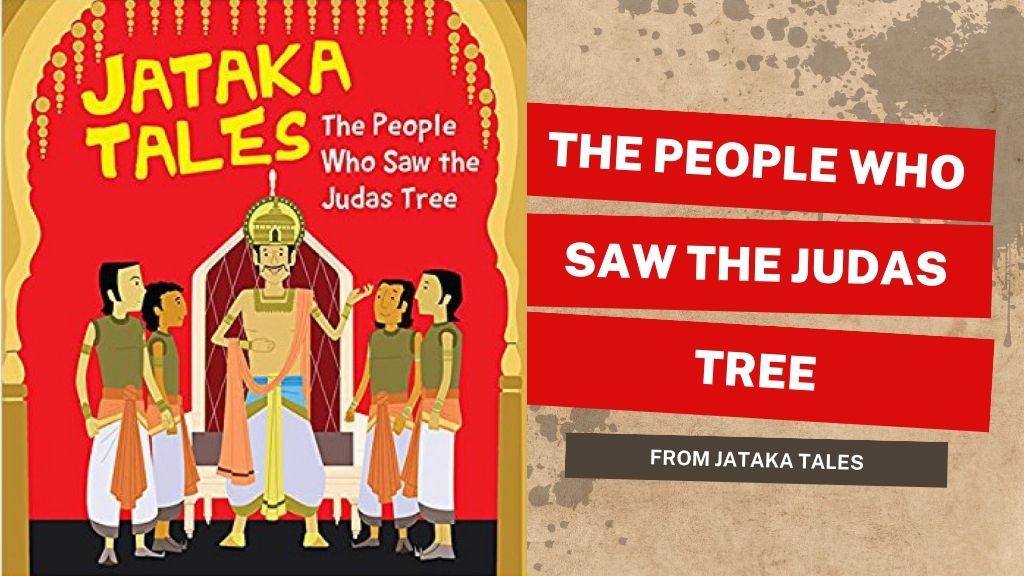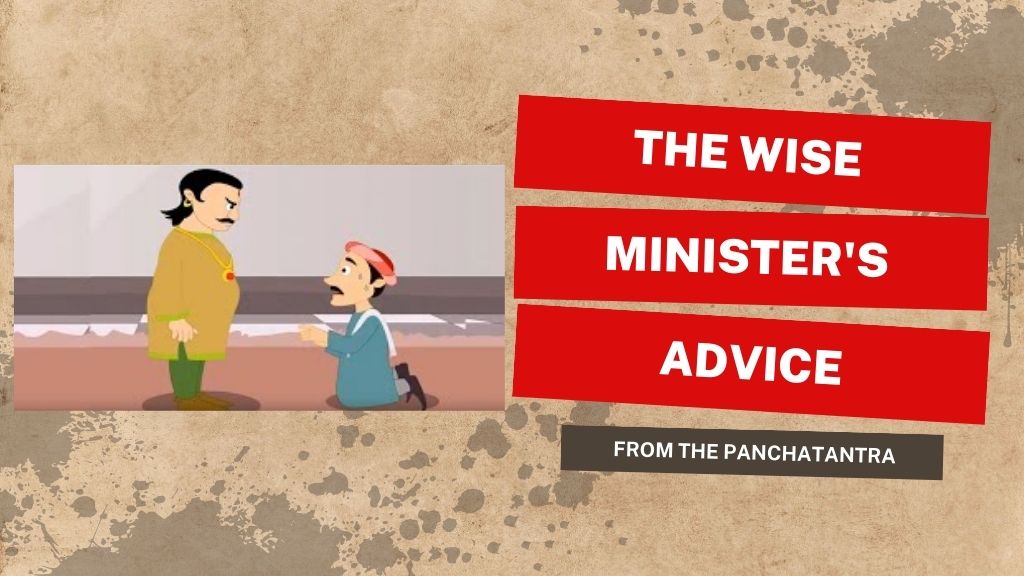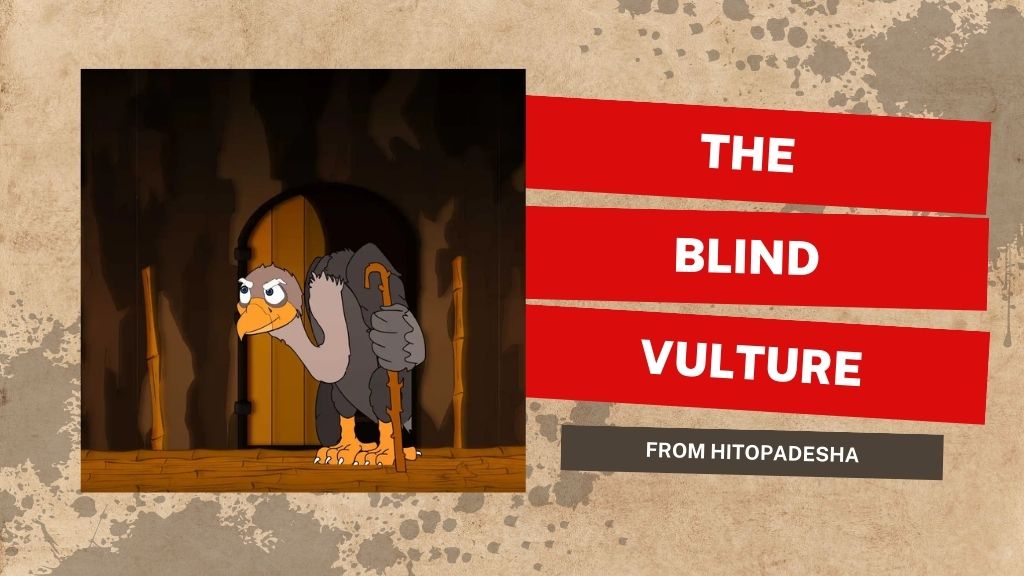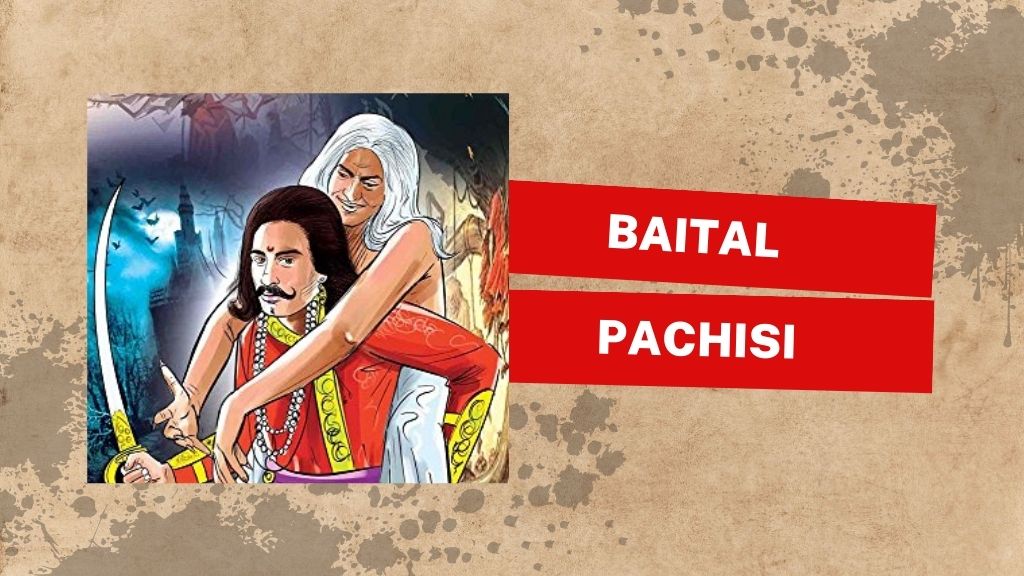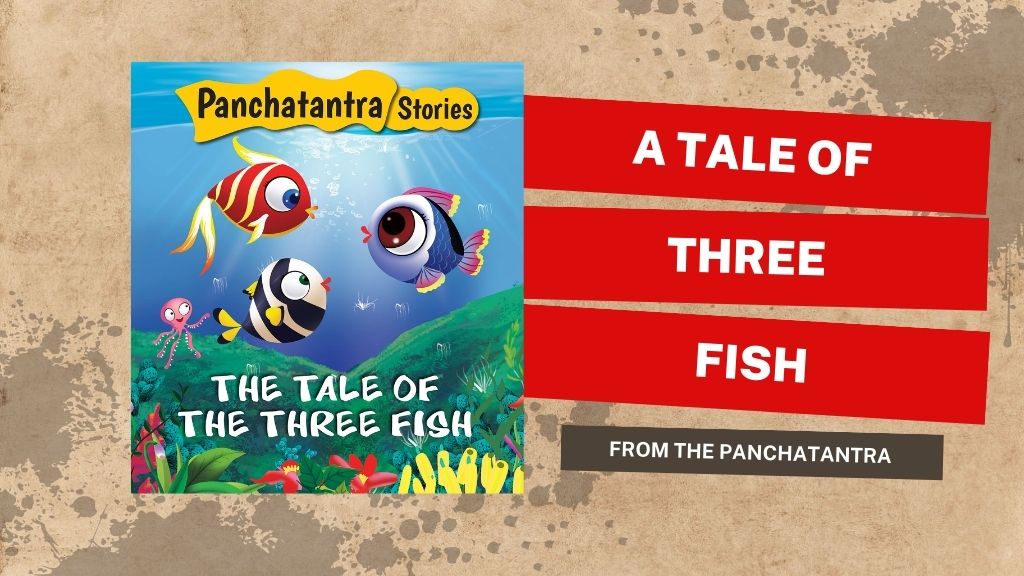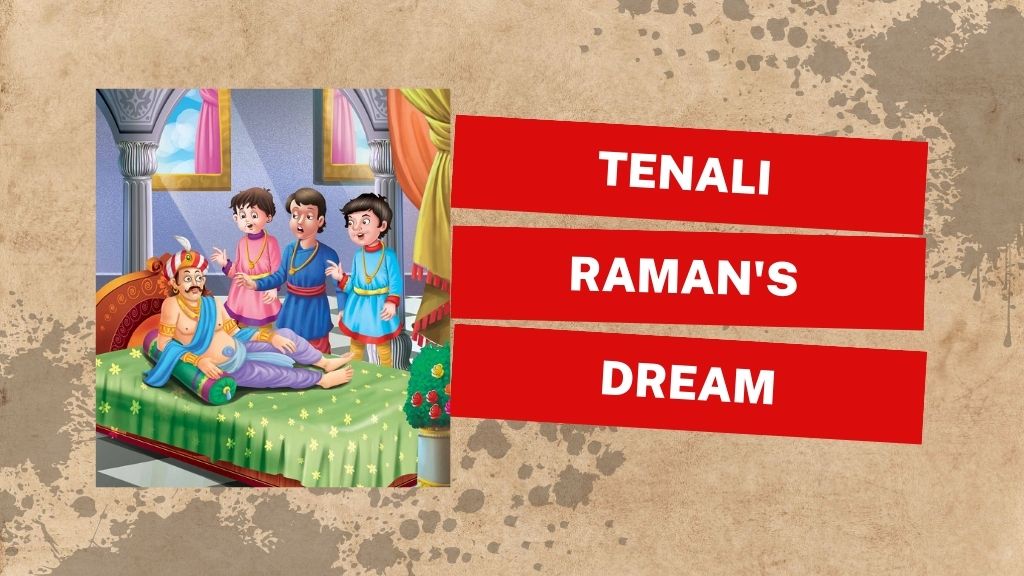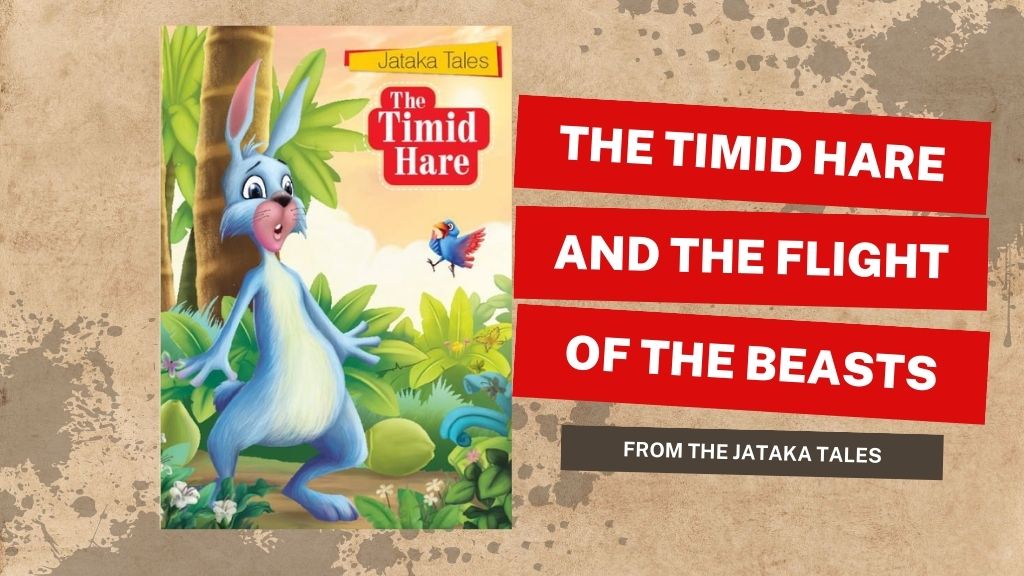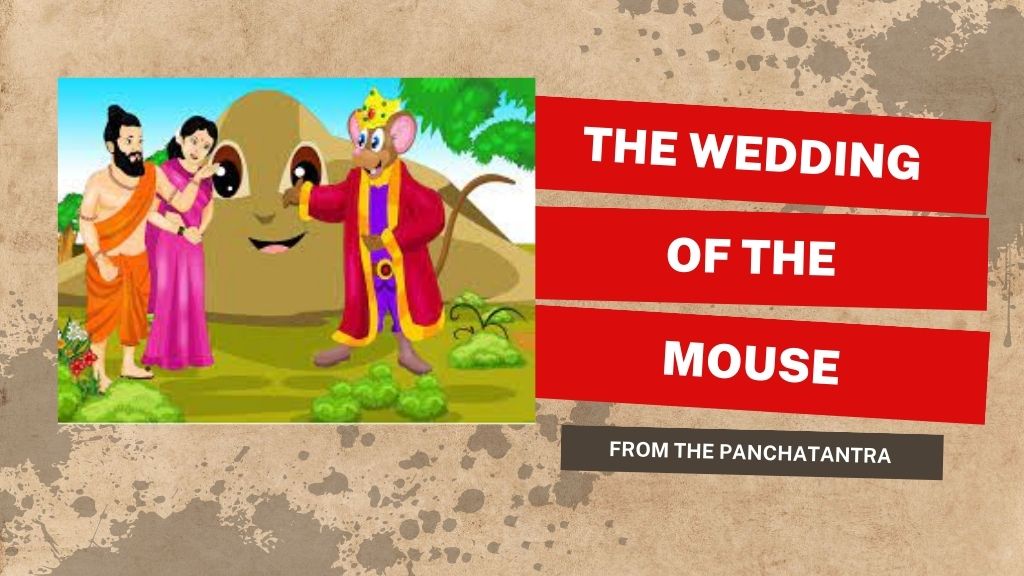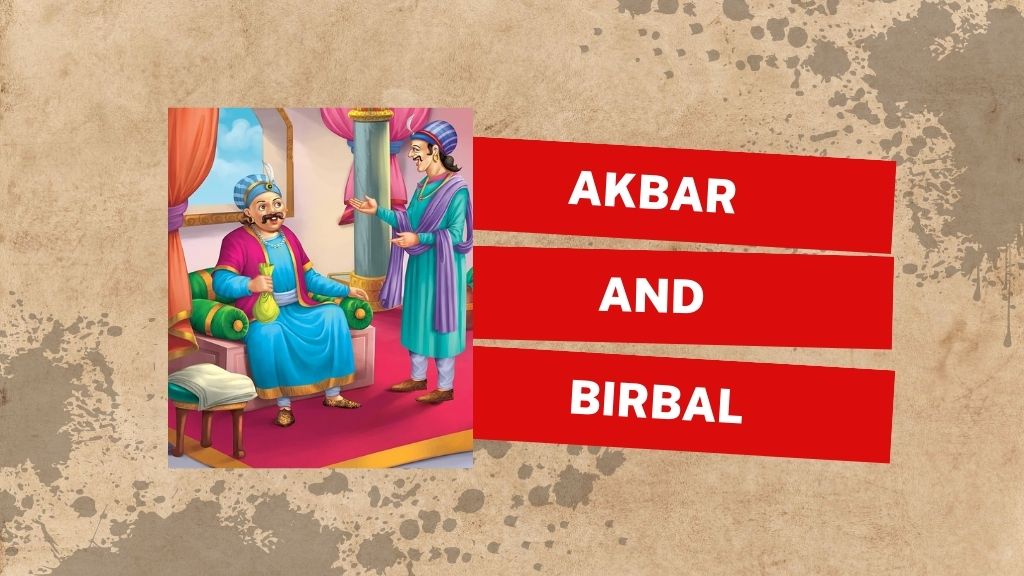The category of Indian art forms has a long, rich history. After prehistoric rock art, Indian art, in a streamlined manner, began during the Indus valley civilisation, more than five thousand years ago. Since then, the tradition of Indian art has grown into a vast and diverse category, with the emergence of several art forms all over the country. Each art form tells a story- from the Tanjore paintings that developed from temple murals under royal patronage in Tamil Nadu to the humble Santhal paintings in West Bengal. Every Indian folk art forms have a story to tell, one such art form is the Bhojpuri Painting of Bihar and Uttar Pradesh in the heart of the Hindi belt of India.
History of Bhojpuri Paintings

Bhojpuri paintings have a history dating back millennia. They are said to have originated in the princely kingdom of Magadha, when the kingdom was at its prime as one of the sixteen Mahajanapadas. This was before the rise of emperor Ashoka, in the early second millennium BCE. The paintings were initially said to have been done on the walls of temples or on the walls of houses of newlyweds. This is supported by the fact that the paintings traditionally depict the love between Lord Shiva and Parvati, which according to Hindu scriptures is one of the strongest of marital unions. However, over the time this art form has mellowed, gradually incorporating themes of everyday life and those of natural beauty.
While the art form has its origins in Magadha, it spread throughout the region over time. It is now prevalent in Bihar, Uttar Pradesh and the Northwestern regions of Jharkhand. Today, it is practised mostly by the same community that has practised it for millennia, the Bhojpuriya community.
Bhojpuri Paintings Style

Bhojpuri paintings have a distinct style and can be recognised because of their distinct style of childlike simplicity, with bright, vivid colours and bold lines, occasionally incorporating geometric patterns. They are traditionally done on cloth, but are also being done on paper today. Apart from this, in the modern era, Bhojpuri art has grown into two different styles. The two styles are
Kohbar paintings – This is the older style of the two styles of Bhojpuri paintings. In this style, the main themes are that of love and pleasure; mostly depicting the union of Shiva and Parvati. This is the original form of Bhojpuri art, and was originally reserved to develop temples and as gifts for newlyweds.
Pidhiya paintings – This is the style of Bhojpuri paintings that represents all things mundane and natural- the woes of daily life and the beauty of lakes, flowers, jungles and animals. In addition to this, the Pidhiya paintings also showcase the culture of Bhojpuri This is the newer form of Bhojpuri art which developed to appeal to people of all beliefs and regions.
Bhojpuri Painting Process

While the styles of Bhojpuri paintings vary, the materials and equipment used are the same. Both styles of painting use bright, natural dyes for making the primary colours, while the black paint is made by grinding the seeds of the Malacca bean tree, known as ‘Bhelwa’ in native languages. The white paint is made of the white soil native to these regions. The paint brushes used to paint these are also made of natural materials, such as twigs and bark.
Recognition for Bhojpuri Paintings

Bhojpuri art has not received its due importance in the contemporary history of India. However, the Pidhiya style of Bhojpuri paintings, which is practised mostly in the state of Jharkhand, received a GI (geographical indication tag) in 2020. Beyond this, Bhojpuri art has not seen much recognition in the state or national levels.
Current State Bhojpuri Paintings

The current state of Bhojpuri paintings and artists is far from ideal. Apart from the decreasing interest in handicrafts as a whole, the Bhojpuri style of art is overshadowed by the more popular art forms of the region, like Madhubani paintings. Artisans have been unhappy with this treatment of their craft. In a rare and significant occurrence, artists associated with Bhojpuri art, specifically of an organisation called Bhojpuri Kala Sanrakshan Morcha, staged protests in 2021 in the Arrah district of Bihar, asking for due recognition, alongside sister art forms of Bhojpuri art. The protests culminated in the government painting the walls of the Arrah station in Bhojpuri art. This incident illustrates the sad state of affairs of the art form, with proponents of an ancient art form receiving little to no recognition.
Takeaway
Bhojpuri Painting represents the rich folk culture and art traditions of India. In this age of modernisation and decreasing interest in traditional art and craft forms, it is high time we realise the importance of our traditional art forms to preserve them and understand what makes us unique in this increasingly uniform world.
Photo Courtesy – Bhojpuri Paintings/Facebook


